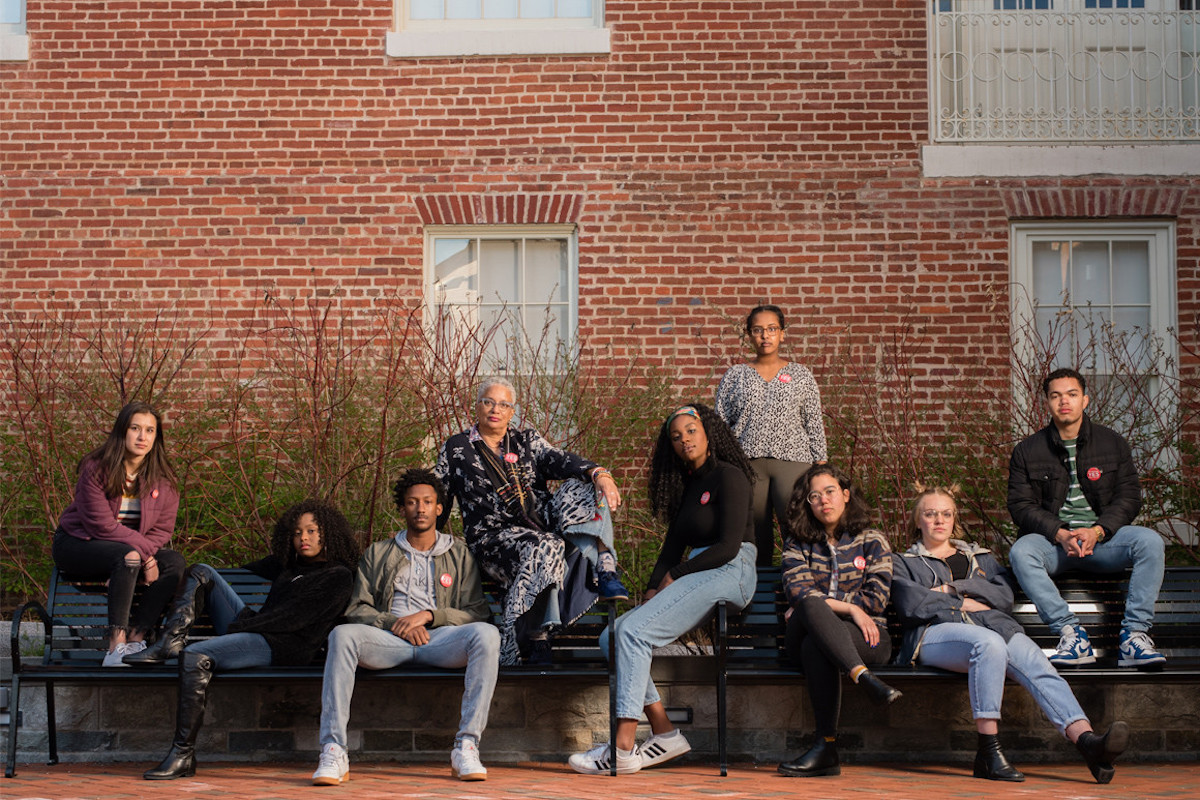Student activists in front of Isaac Hawkins Hall on Georgetown’s campus. | André Chung for Politico Magazine., Featured Image
[dropcap]In[/dropcap] September 2014, a Georgetown junior published a column in The Hoya, the student newspaper, with the headline: “Georgetown, Financed by Slave Trading.” It unearthed a known but largely forgotten history: that the esteemed Jesuit university had saved itself from financial ruin in 1838 by selling 272 enslaved people. The sale had been orchestrated by one of the school’s presidents, Thomas Mulledy, himself a Jesuit priest, and the namesake of a residence hall that was at the time of the article undergoing renovations. The author, Matthew Quallen, urged the administration to strip Mulledy’s name from the building. [mc4wp_form id=”6042″]
Quallen’s demand was effectively the first shot in what has become a 4½-year debate over how the school should atone for its slave-holding past. In September 2015, Georgetown’s president, John J. DeGioia, impaneled a working group of academics, administrators and students to study the issue. Two months later, black students staged a sit-in in his office successfully demanding the removal of names like Mulledy’s, which still graced several prominent buildings on campus. In 2016, the university agreed to give admissions preference to descendants of the 272 slaves; and the first two descendants arrived in the fall of 2017. College officials and the Jesuits held a mass of contrition in the spring of 2017 as a formal mea culpa for the sale.



You must be logged in to post a comment.